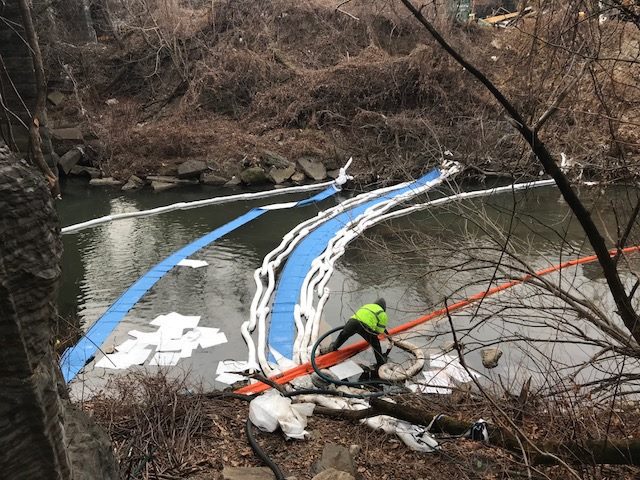
March 24, 2022 will mark the 33rd anniversary of one of the worst environmental disasters of all time: the Exxon Valdez Oil Spill. In 1989, the Exxon Valdez was carrying over 53 million gallons of oil before the incident, losing just under nine million gallons into the Prince William Sound. What followed was a nightmare of water pollution, environmental degradation, and the deaths of many species both on land and in the sea. In fact, the spill killed 40% of all the Prince William Sound sea otters and decimated the fishing industry.
As bad as the Exxon Valdez Oil Spill was, however, it wasn’t the first…or even the worst.
Here are five of the largest environmental disasters:
1. April 20, 2010: The Deepwater Horizon Oil Spill
In 2010 the Deepwater Horizon, an oil rig in the Gulf of Mexico, exploded, releasing over 130 gallons of oil into the pristine waters around it. Eleven workers would die on this day, which marked the beginning of nearly three months of unchecked and unstoppable oil leakage into the surrounding waters, destroying millions of marine mammals including 72 dolphins, as well as birds, sea turtles, and fish. The environmental impacts are still being felt to this day.
2. April 26, 1986: Chernobyl
The result of a runaway nuclear reaction, the Chernobyl explosion took the lives of 50 people immediately, sickening thousands more. It’s estimated that the explosion released 400 times more radiation than the Hiroshima bomb. The site and surrounding area is still radioactive, and no one is entirely sure how many nuclear materials may be buried under the wreckage. The wildlife has rebounded from the disaster and mutations are found in amazingly small numbers. Even more surprising is the emergence of herds of endangered Przewalski’s horses, with some of the original herd members surviving the blast. Most insect species were destroyed in the area.
3. January 30, 2020: Baia Mare Cyanide Spill
100,000 cubic meters of cyanide contaminated waste water leaked from a dam in Baia Mare, Romania, spilling 100 tons of cyanide into the Tisza, Somes, and Danube rivers. There were untold numbers of losses throughout the biosphere’s wildlife, aquatic life, and aquatic plants. Residents of Baia Mare were sickened after consuming contaminated fish, and tests conducted after the breach found cyanide levels between 300 and 700 times the acceptable standards.
4. July 10, 1976: Seveso Dioxin Cloud
When an explosion in northern Italy’s Seveso rocked the area just outside of Milan, it released a cloudy, thick fog of dioxin that settled over the town. The first victims were the animals, both domestic and wild alike. Around four days later, humans began to feel the effects of the environmental pollution, including blurred vision, painful sores known as chloracne, and nausea. It took weeks before an evacuation was authorized. After citizens returned to Seveso, they gathered the remains of all the animals, along with soil containing the largest amounts of dioxin, and placed them all into giant tanks.
5. December 2, 1984: Bhopal
In the early morning hours of December 2, 1984, an accident at the Union Carbide pesticide plant released 45 tons of lethal methyl isocyanate into the surrounding community of Bhopal, India. It’s estimated that nearly a half million people were adversely affected by this incident, including the death of thousands of victims in the hours following the accident and an additional 15,000 dying throughout the next few months. It is widely considered the worst industrial accident in history.
Ongoing Disasters
While we may hope that we’ve learned from previous environmental disasters, some are still ongoing even today. These include the Gulf of Mexico DeadZone, created by the systemic dumping of nitrogen nutrients and phosphorus into the sea, and the Guiyu China E-Wasteland, which boasts enough obsolete electronics and heavy level toxicity to cause 88% of the province’s children to have lead poisoning.

ACE Environmental is in business to ensure that nothing like these environmental disasters happen on our watch. Call us or drop us a line to see how our solutions are creating a brighter tomorrow for our clients…and our environment.
